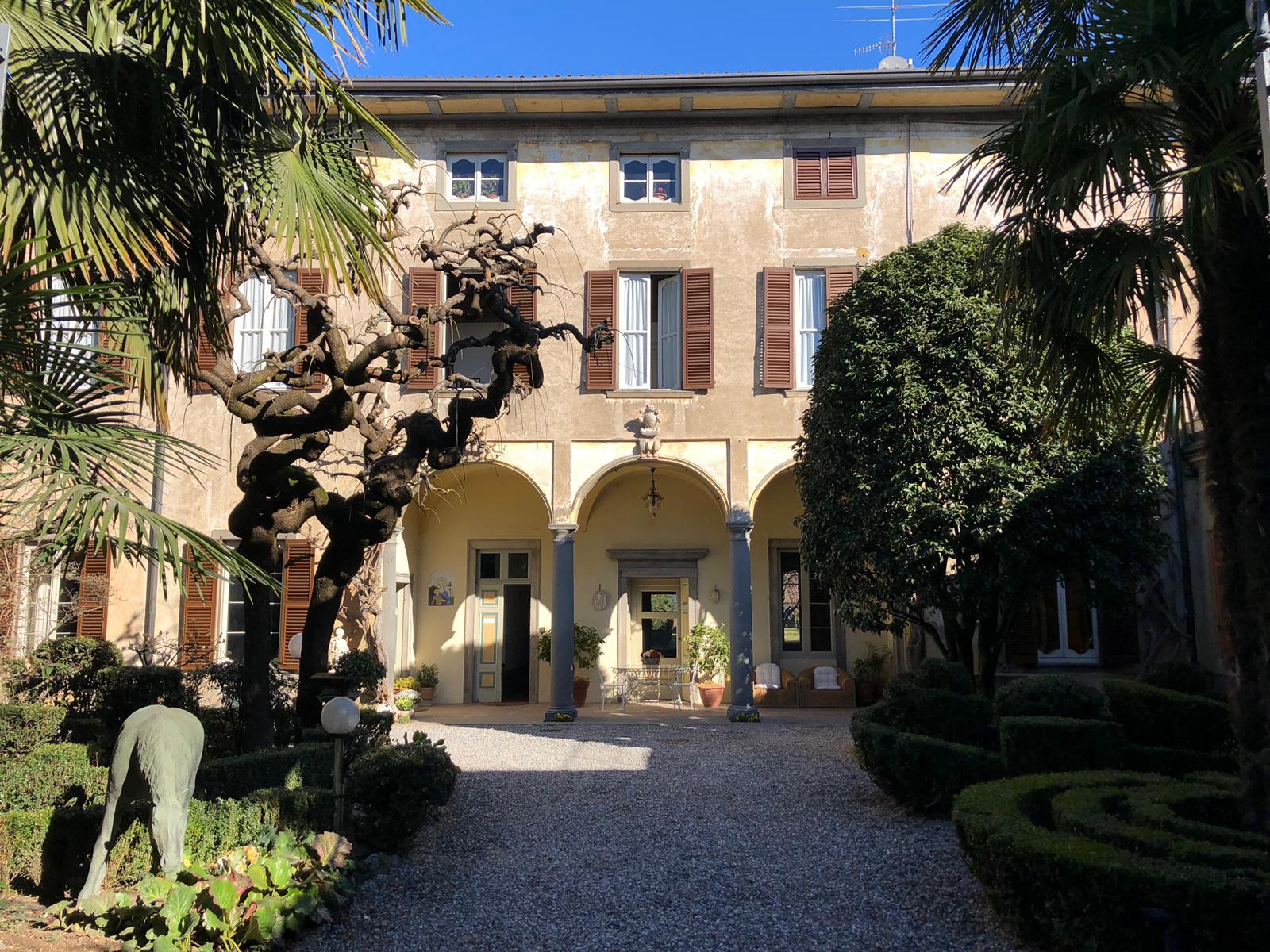Constructed between 1685 and 1737 in the heart of the city, the residence was initially established as the luxurious dwelling of the noble Bondenti family. Passed down by descent to the Terni de’ Gregorj counts, who had already inhabited that area of the city 500 years earlier, the Palazzo thus blends Baroque features such as the iconostasis statues and exquisite frescoes by Martino Cignaroli and Bartolomeo Rusca, with Renaissance collections comprising ceiling panels, furniture and paintings from the 16th century.








